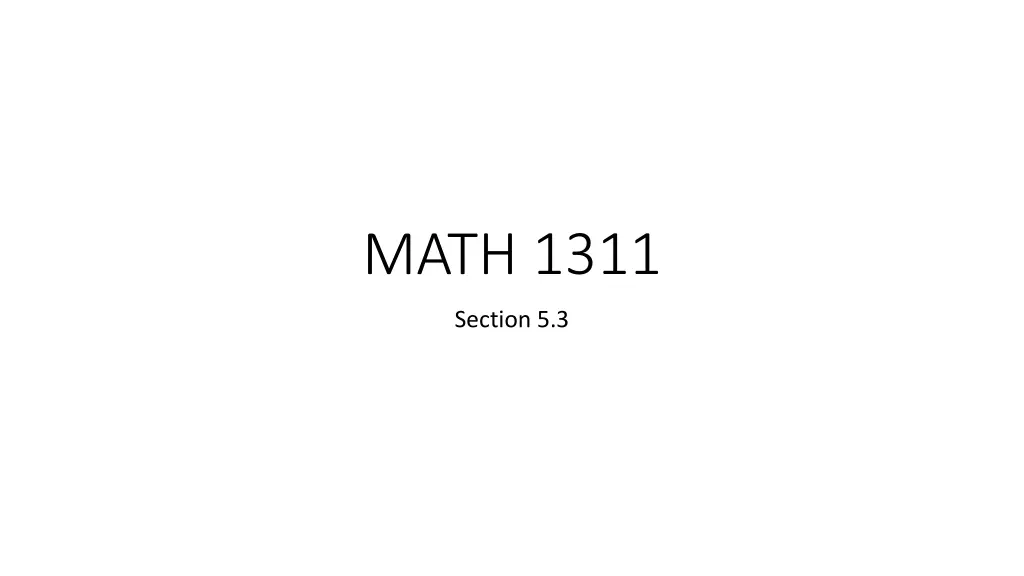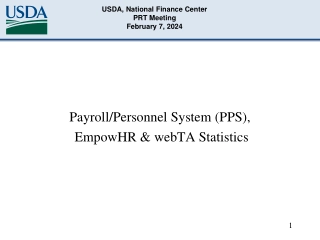
Advanced Modelling Techniques in Mathematics
Explore power function modelling and regression features to analyze data in mathematics. Learn how to create power functions for various scenarios such as balloon inflation rates, Kepler's Third Law, and more.
Download Presentation

Please find below an Image/Link to download the presentation.
The content on the website is provided AS IS for your information and personal use only. It may not be sold, licensed, or shared on other websites without obtaining consent from the author. If you encounter any issues during the download, it is possible that the publisher has removed the file from their server.
You are allowed to download the files provided on this website for personal or commercial use, subject to the condition that they are used lawfully. All files are the property of their respective owners.
The content on the website is provided AS IS for your information and personal use only. It may not be sold, licensed, or shared on other websites without obtaining consent from the author.
E N D
Presentation Transcript
MATH 1311 Section 5.3
Modelling Data with Power Functions: You can model power function data (or near power function data) by using the regression feature within the calculator. As in previous examples, you can input your values using STAT Edit and then L1 and L2. The command for power function regression is PwrReg.
Example: A balloon is inflated at a constant rate. Its radius and volume are recorded in the following table: Create the power function that will best represent this data.
Example: A balloon is inflated at a constant rate. Its radius and volume are recorded in the following table: Create the power function that will best represent this data.
Repeat this process for the radius and surface area of the same balloon:
Repeat this process for the radius and surface area of the same balloon: Based on the tensile strength of the rubber used to manufacture this balloon, it can stretch to a surface area of 400 square inches before popping. At what radius will that occur?
Keplers Third Law: Kepler discovered that there was a relationship between the average distance a planet is from the sun and the amount of time it takes to complete one orbit. The following data shows these values for our solar system: Create the power function for this data.
Keplers Third Law: Kepler discovered that there was a relationship between the average distance a planet is from the sun and the amount of time it takes to complete one orbit. The following data shows these values for our solar system: Kepler s Third Law states that the average distance cubes divided by the period squared must be constant for each planet (d3/p2). Does your model confirm this?
Popper 29 The velocity of a projectile launched from the ground (during its ascent) is given by the following table: 1. Determine the power function for the projectile s velocity. a. v(t) = 350t-2 b. v(t) = -350t2 c. v(t) = t2/350 d. v(t) = 350t2 2. When will the projective slow to 0.01 mph (nearest 10 seconds)? a. 100 seconds b. 150 seconds c. 190 seconds d. Never






















